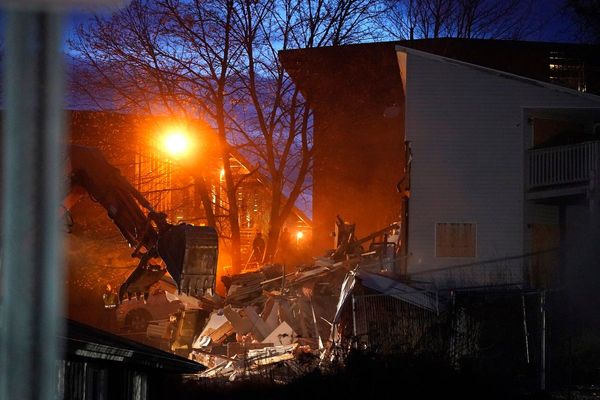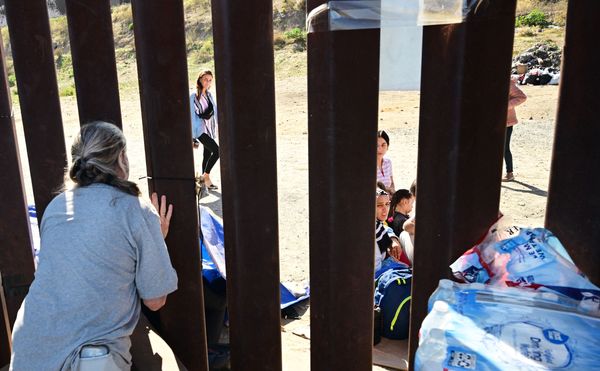The Colorado River deal announced Monday is more of a temporary reprieve than a solution to plummeting water supplies. The deep water cuts for California, Arizona and Nevada will tide over thirsty residents and farmers only until the end of 2026.
The real reckoning comes when operating agreements expire for Lake Mead, which feeds the Colorado’s water to Southern California and the two other lower-basin states, and Lake Powell, which regulates the flow into Lake Mead while serving Wyoming, Colorado, Utah and New Mexico.
The agreement among the seven states gives California, especially, some additional time (although very little) to prepare for a drier future, including a much steeper permanent reduction in its allotment of Colorado River water. Many of the projects that will be needed to replace diminished river supplies are well into the planning, approval and financing stages, including recycling projects that allow all that precious water to be used multiple times. We’ll need even more locally generated supplies and water-saving measures to meet the needs of a state with an increasingly arid climate.
The 20th century brought a Western population and economic boom that was largely enabled by the river and the great engineering projects that harnessed it. We now know that it was also an unusually wet period that allowed us to delude ourselves into thinking there would always be more than enough to go around. Now we know better, but we’ve already set urban and agricultural patterns that rely on water in amounts we won’t be seeing again.
It’s too easy to pretend otherwise. The recent wet and snowy winter may tempt us to believe that our water crisis is behind us. The steep decline in Lake Mead’s surface level has reversed a bit. Lake Powell is rising a stunning foot a day. Much of the San Joaquin Valley is on flood watch as record-setting Sierra snowpacks melt.
That wet abundance helped pave the way for the current short-term accord. So did, counterintuitively, the pandemic and inflation, which spurred federal spending programs, including the Inflation Reduction Act. That legislation appropriated $5 billion for conservation. In a key part of the accord, water users are eligible to receive even more federal funding in exchange for reducing their demand.
But the federal largesse and the unusually wet weather are anomalies. They prevented the federal government from imposing unilateral cuts this time, but they’re unlikely to return on an annual basis, refill the still vastly reduced reservoirs, or bail California and its neighboring states out of their water crisis. California takes the most Colorado River water by far, so its cuts now and in future operating agreements will also be the largest and most deeply felt.
The West lives amid two competing and contradictory narratives. We are the home of the pioneering, can-do spirit, where initiative and engineering can outthink Mother Nature and turn deserts into sparkling cities and emerald fields of kale and romaine (and almonds and pistachios). Or we’re thirsty fools who built our lives and fortunes on an evaporating resource.
Both stories contain an element of truth. A happy ending will require thought, creativity and a little more good luck of the kind we got over the winter.







